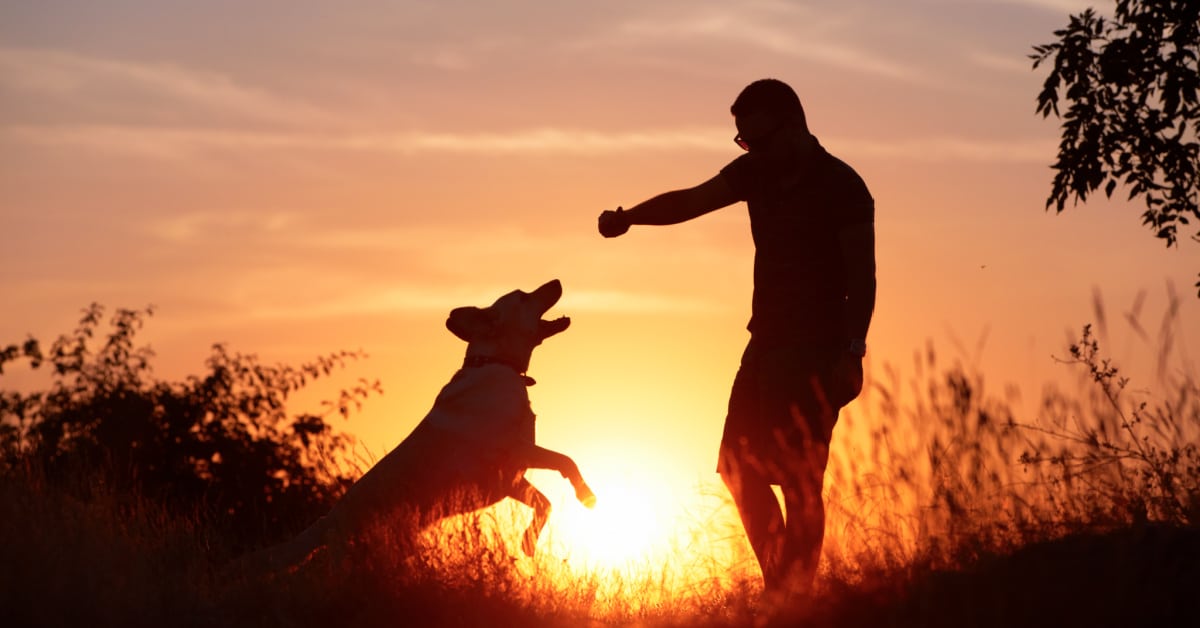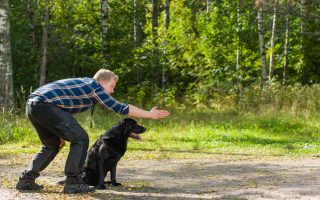Labradors can make excellent dogs, but you need to train them properly first. To help you properly train your Labrador, here are some Labrador training supplies that you will need.
Lots of Treats
Labradors absolutely love food. If you want your Labrador to be motivated to listen to you, then treats will go a very long way.
You should give your dog a treat if they listen to you, particularly when you start training them. That way, tLab puppy too many treats from the pet shophey will learn that there is an incentive to listen to you.
Of course, you cannot overload them with treats. You should slowly decrease how many treats you give them as they become more well-trained.
If you choose dog treats, make sure they are healthy. For example, you can choose American Journey Lamb Recipe Oven Baked Crunchy Biscuit Dog Treats at Chewy because it has no fillers or grain like wheat, corn, or soy.
However, giving your dog too many treats could be bad for them. Luckily, you can opt for some healthier alternatives if you want to avoid giving your Lab puppy too many treats from the pet shop.
For instance, you can chop up apples (be sure to always remove the seeds) and give them to your dog. Apples are a crunchy treat, plus they are an excellent source of fiber and nutrients.
Another good treat you can give your dog is bite-sized carrots. Make sure you cut them to an appropriate size because Labradors may gobble up the carrot without chewing!
For an extra special treat at the end of a long day (maybe once a week), you could give them a little peanut butter. Make sure you only choose organic, sugar-free, salt/butter-free, and all-natural peanut butter.
Barriers
You cannot watch your Lab puppy all day, but that does not mean they should roam around the house alone. They could easily chew wires, reach the laundry area, etc.
Luckily, you can set up barriers by using baby gates. These barriers can block off certain rooms or keep your Lab in one area.
These barriers will teach your Lab how to stay put and what rooms they cannot go into yet. As they become more behaved and grow older, you can start removing the barriers.
A Clicker
A clicker is an excellent tool that can help your dog learn what you like and what you do not like. The sound will help them learn when they are behaving properly because it is an event marker.
For example, when your dog listens to you during your training sessions, you can use the clicker and pet them or give them a treat. Repeat this action and slowly stop giving the treat until they learn that the clicker is a good thing.
There are many kinds of clickers. Some come with wrist straps while some are handheld.
There are many designs and styles of clickers. Some leashes come with a clicker so you can conveniently use the clicker while you walk your Lab.
Portable Mat
Are you planning on training your Labrador away from your home, like in a park? Then you should pack a portable mat for them.
Labradors have lots of energy, but they need to rest as well. You do not want them to lie down in the dirty grass or hot concrete, so you can lay their portable mat down for them so they can be comfortable while they rest.
A Dog Whistle
Part of the Labrador training supplies that you should get is a dog whistle. It is especially helpful when you teach your Lab’s recall.
So, why do you need a dog whistle when you can just call out your dog’s name? Well, the whistle can be more beneficial than your voice.
For one thing, the tone of our voices can change, whether we mean to or not. If the tone of our voice suddenly changes while training, the Labrador can get confused because the change of tone is like a mixed message.
Luckily, a whistle can help you avoid that problem. The whistle will never change the way it sounds (unless it breaks) and you can simply blow into the whistle for different lengths to change the “tone”.
As much as possible, try to buy a new dog whistle that sounds the same as the last one. That way, you can avoid confusing your Labrador.
Dog Harness and Collar
Ideally, you should get a harness for your Lab puppy first. You can get a collar for them when they are older.
Puppies are very likely to tug, pull, and run while you train them how to go on a walk, so a collar can hurt their neck. A harness hugs their body, so they will not feel any pain in their neck if they do not behave.
Plus, harnesses could be more convenient for you as well. Harnesses usually have back and front attachments, which gives you a lot of flexibility and control.
Leash
To match your dog’s harness or collar, you will need a leash. This is a must-have for dogs, especially since most places require you to walk your dog with a leash.
You can get a training leash for your Labrador. They usually come in different lengths, but most can come as long as 4-6 feet in length.
Ideally, you want your dog’s leash to have a slight slack while keeping your dog near you (you do not want the leash to be pulled on tight). Some leashes are adjustable, so you can adjust the length for your dog as needed.
If you find it bothersome to hold onto a leash while you walk your dog, you are in luck. You can get a leash with a waist-clip or hook that you can attach to a belt loop for hands-free walks.
Try to keep your dogs leash in a place that is easy to find.
In Conclusion
Labradors are obedient, but having the Labrador training supplies listed above can make your life a lot easier when you train your Lab.







